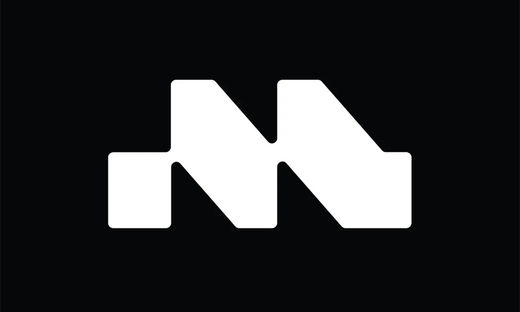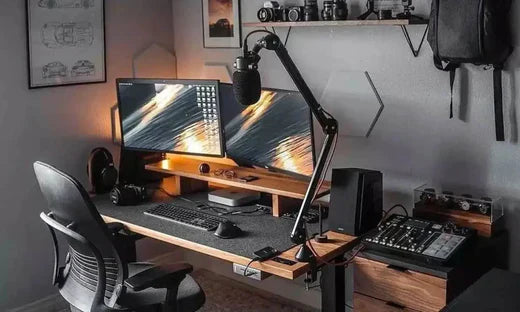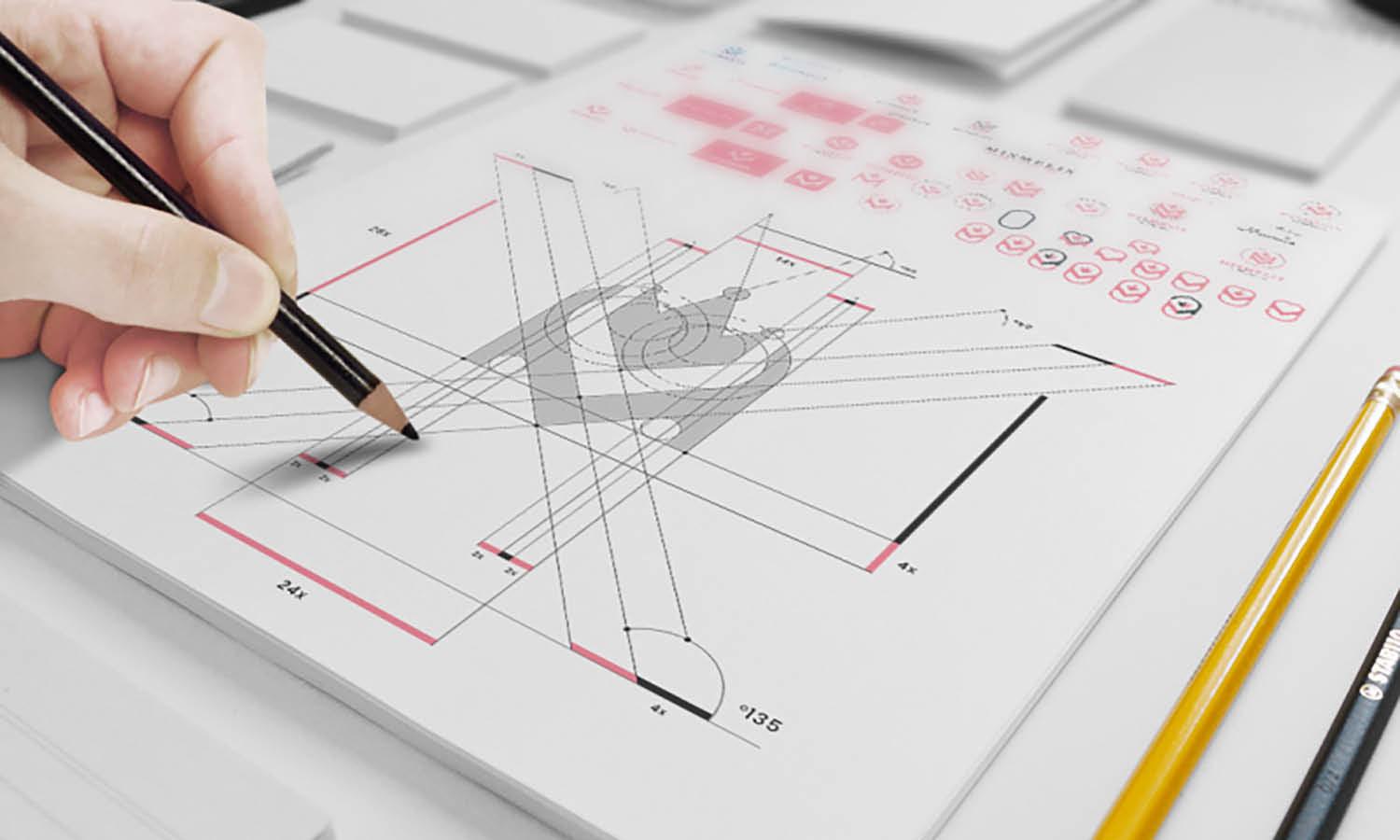What is CNC Precision Machining? Methods & Applications

The automatic control of tool movement and other auxiliary functions allows CNC machines to create precise parts, typically in the range of ±0.25 to ± 0.13 mm (±0.005 to ±0.01” ). However, it is also possible to achieve much tighter tolerances using CNC precision machining, with tolerances down to ±0.125 mm.
CNC milling, turning, drilling, EDM, and other techniques are used for high precision machining projects. Furthermore, we will elaborate on what is precision machining, its techniques/methods, and its application.
What is Precision Machining?
As the name suggests, precision machining involves the manufacturing of metal, plastic, and composite parts with high precision and accuracy. In many applications, it can be mandatory for functionality, like medical devices, aircraft parts, and die tooling.
CAD and CAM are two essential elements of CNC precision machining. They guide the CNC machines. First, a detailed design(blueprint) of the desired part is made with clear geometry, features, dimensions, and tolerances. Based on the 3D model of the desired part, CAM software converts the design into G and M codes. These codes are the lines of digital instructions to the CNC machine, tool path, matching speed, tool movement, coolant flow, etc.
Precision Machining Methods
Which method/technique to choose depends on the specification of your design, like the geometry of the designed part, labeled tolerances, etc.
The following are the key precision machining methods, each with distinct machining & precision capabilities.
CNC Milling
CNC milling machines use rotating cutters that move across the workpiece to remove material based on G and M code instructions. The tool is attached to the spindle. Meanwhile, work is clamped on the vice or whichever type of work-holding mechanism is available. Subsequently, milling machines include automatic tool changers (ATC) to handle multiple milling operations simultaneously.

Precision CNC milling
Precision milling can create parts with a tolerance as low as ±0.001 inches (0.025 mm). You can choose milling for parts with flat surfaces, slots, or complex 3D shapes. E.g. aircraft turbine blades, automotive prototyping, casting dies, and surgical items for the medical industry.
CNC Turning

Precision turning
CNC turning is suitable for cylindrical items( axially symmetrical parts like shafts), in which a cutting tool removes the material from the rotating workpiece. Muti-axis (3, 5, or higher) advanced CNC turning centers and lathe machines are used for this. CNC turning can produce parts with a precision of ±0.0005 inches (0.0127 mm.
CNC Drilling

Precision drilling
CNC drills or precision drilling machines create cylindrical holes with computer-controlled drill bits attached to the spindle. Both blind and through holes can be made with precision drilling, typically tolerances down to ±0.010 inches (0.254 mm).
EDM Machining
Electrical Discharge Machining(EDM) is suitable for intricate machining of conductive metal. This method uses electrical discharges (sparks), which precisely melt and erode the material to create desired shapes.
An electrode of the desired cut geometry is used as a machining tool, which is immersed with conductive work in a dielectric solution, maintaining a gap. It is ideal for complex designs and hard material machining, like molds and toolings.
Applications of CNC Precision Machining
In many industries like aerospace, medical, and defense, precision is critical. A slight variation in dimensional accuracy and consistency impacts the fittings, assembly, or even end functionality. Next, the rise of online services has also diversified the precision machining applications as it eliminates the geographical restrictions, like ProleanTech provides their services for world-wide clients.

CNC precision machined parts
The table below outlines the key application examples across industries;
|
Industry |
Why? |
Application Examples |
|
Aerospace |
High precision and complex parts essential for safety and performance |
Aircraft parts, such as turbine blades and structural components. |
|
Automotive |
Efficient production of intricate parts with tight tolerances. |
Engine housings, rims, headlights, etc. |
|
Medical |
Customization and precision for patient-specific solutions. |
Custom hip replacements, dental implants, and prosthetic limbs. |
|
Electronics |
Consistent production of small, intricate components. |
Printed circuit boards, heat sinks, and connectors. |
|
Energy |
Complex and custom items for energy systems and plants |
Wind turbine components, solar panels, oil & gas valves, etc. |
|
Die and Tooling |
Complex designs, machining, intricate features |
Injection molds, aluminum extrusion dies, sand cast molds, etc. |
Benefits of Precision CNC Machining
The high precision CNC Machining Service not only focuses on accurate dimensional tolerances, it is the systematic manufacturing strategies from tool selection to quality-control of machined parts.
Here is a list of the main precision machining benefits;
- Innovations: The new precision machining technologies provide design flexibility in terms of geometrical complexity, emphasizing innovations in product development.
- Fast Production: The automation in precision CNC machining techniques boosts production speed.
- Rapid Prototyping: The capability of intricate design crafting with a short lead time allows the production of rapid prototypes for testing and design validation.
- Diversity of Materials: CNC precision machining techniques can work with metals, plastics, composites, etc.
The benefits of precision CNC machining—such as enhanced accuracy, repeatability, and efficiency—make it an essential solution for producing high-quality components across a wide range of industries.
How to Choose a Precision Machining Partner?
Choosing a partner for precision cnc machining services requires a deep analysis of manufacturing capabilities, available precision machining techniques, offered tolerances range, and past experience. For example, service providers with 3 and 5-axis CNC machines produce highly complex parts. On the other hand, a traditional machine shop struggles with this.















